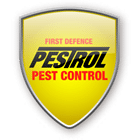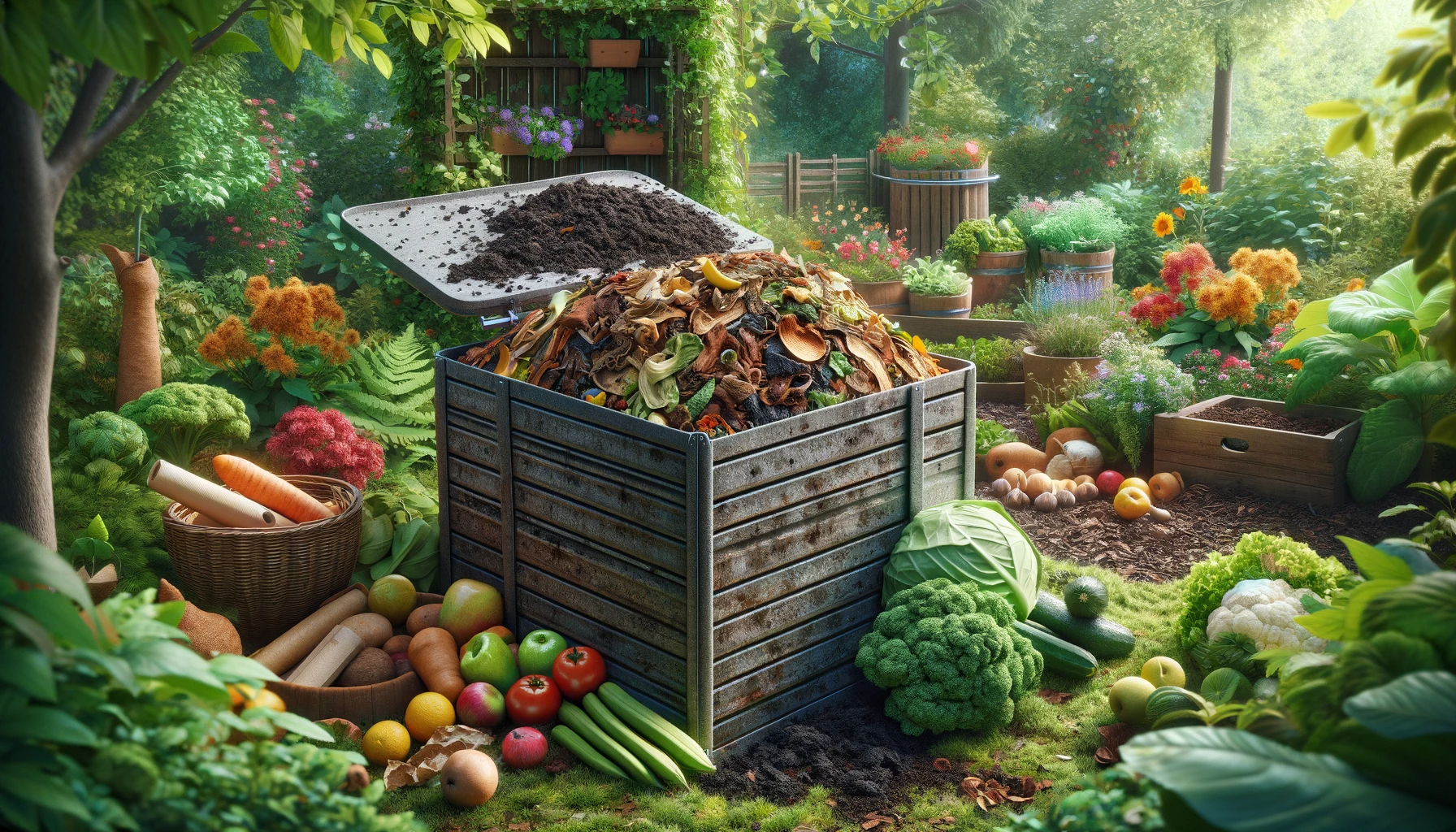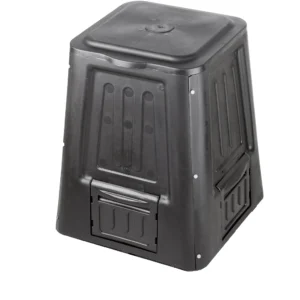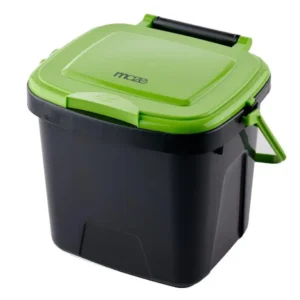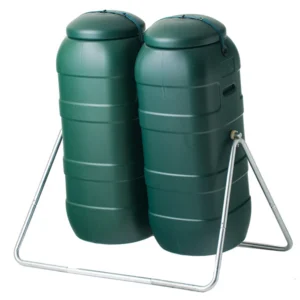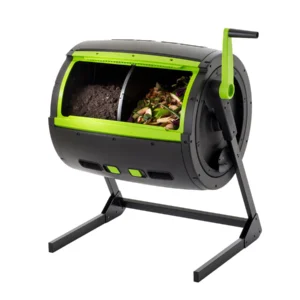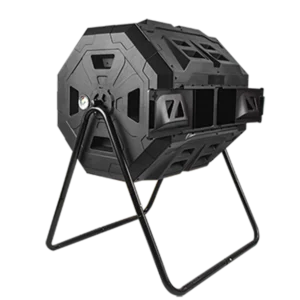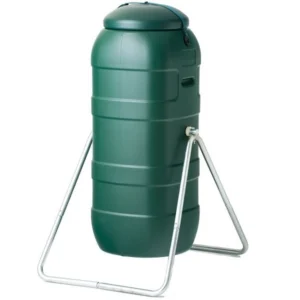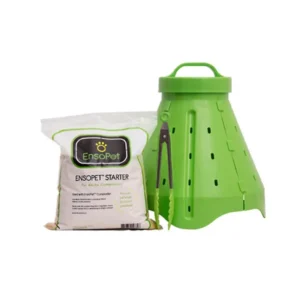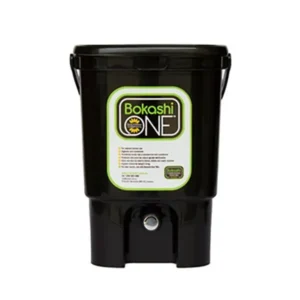Composting is a superb way to reduce waste and enrich the soil for healthier, more vibrant gardens. Using a compost bin is an easy, efficient, and environmentally friendly method to turn your kitchen scraps and yard waste into “black gold.” In this comprehensive guide, we’ll explore the benefits of using a compost bin, ideal placement, what you should and shouldn’t compost, choosing the right bin from a selection at Pestrol, and the differences between anaerobic and aerobic composting systems.
Benefits of Using a Compost Bin
- Waste Reduction: Composting can divert as much as 30% of household waste away from the trash bin and into your compost pile instead.
- Soil Enhancement: Compost enriches the soil, helping retain moisture, suppress plant diseases, and reduce the need for chemical fertilizers.
- Environmental Protection: It reduces landfill waste, thus cutting down on methane emissions and leachate formation, which are significant environmental hazards.
Where to Place Your Compost Bin
- Accessibility: Place your bin close to the kitchen but away from living spaces to avoid any inconvenience from odors or insects.
- Sunlight: A balance of sun and shade is ideal. Too much sun accelerates evaporation, while too little can slow down the composting process.
- Drainage: Ensure the spot has good drainage to prevent excess moisture from accumulating.
What Can and Can’t You Put in Your Compost Bin?
What to Compost:
- Fruit and vegetable scraps
- Eggshells
- Coffee grounds and filters
- Tea bags
- Garden trimmings
- Grass and plant clippings
- Leaves
- Straw or hay
- Shredded newspaper
- Cardboard (torn into small pieces)
- Sawdust from untreated wood

What Not to Compost:
- Meat or fish scraps
- Dairy products
- Fats, grease, or oils
- Pet wastes
- Diseased plants
- Weeds that have gone to seed
- Coal or charcoal ash
- Non-biodegradable materials
- Any treated wood or sawdust
- Choosing the Right Compost Bin
- Ash – it may effect Ph levels
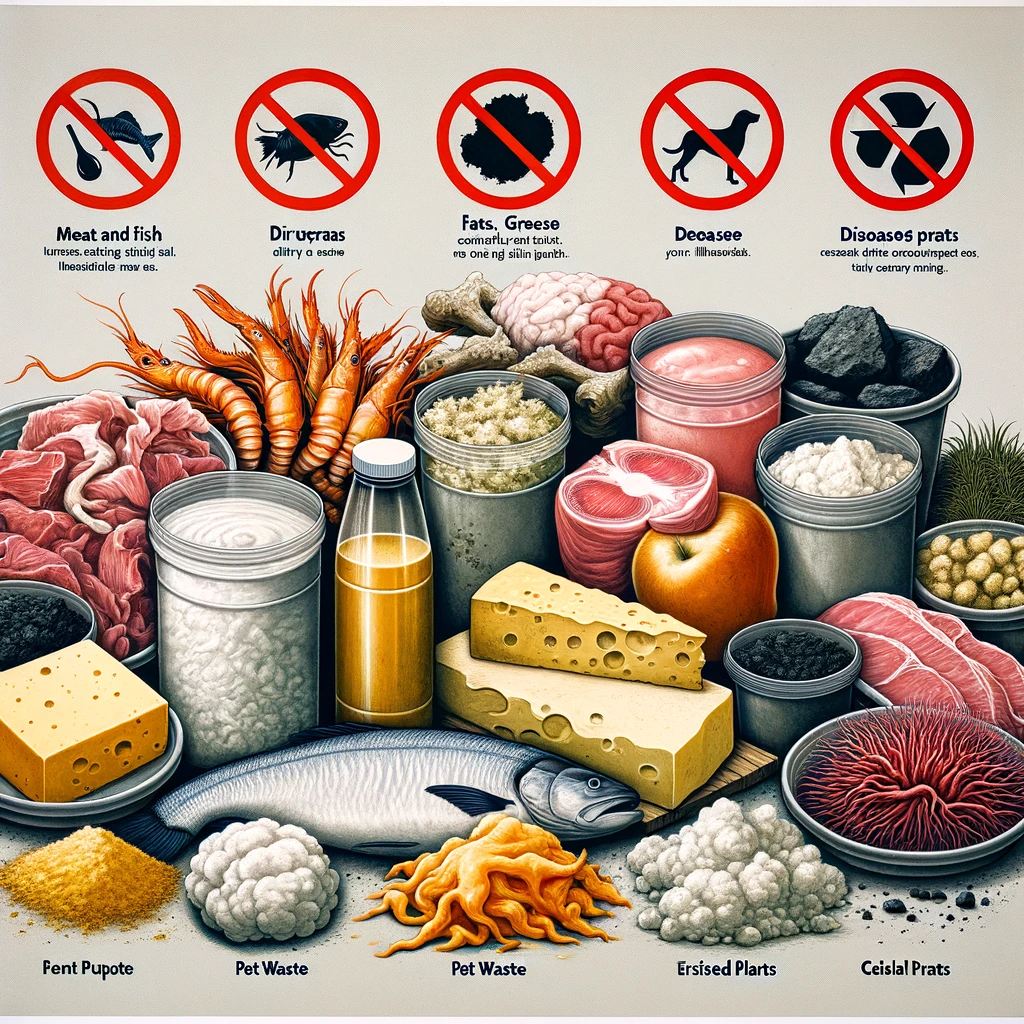
Choosing the Right Compost Bin
When selecting a compost bin from Pestrol, consider the following options:
- Tumbling Composters: Excellent for easy aeration by simply turning the bin.
- Stationary Bins: Good for a set-it-and-forget-it approach, suitable for large volumes of waste.
- Worm Farms: Perfect for those with limited space and wanting to try vermicomposting.
Consider the size of your garden, the amount of organic waste you produce, and how actively you want to manage your compost. Each type of compost bin has its own advantages, so choose one that aligns with your gardening practices and environmental goals.
Anaerobic vs. Aerobic Composting Systems
Anaerobic Composting: This process occurs in the absence of oxygen. It’s slower and can sometimes lead to unpleasant odors. However, it requires less maintenance and is often used for composting large volumes of material.
Aerobic Composting: Oxygen is key in this process. It’s faster, tends to be odor-free, and kills pathogens and weed seeds more effectively. Aerobic composting requires regular turning and aeration, which can be facilitated by using a tumbling composter.
Effective composting requires a bit of know-how, but the effort is well worth it. Not only does it contribute to a healthier environment by reducing waste and the reliance on chemical fertilizers, but it also enhances your garden’s soil, leading to more robust plant growth. By carefully selecting the right compost bin from a trusted supplier like Pestrol, understanding what to add (and what not to), and managing the composting process—whether anaerobic or aerobic—you can turn waste into wonder and elevate your gardening game. Happy composting!
Top Tips for Composting:
- Chop larger materials into smaller pieces as you add them to the bin.
- Mix brown materials with the green materials.
- Make sure to maitain the mositure as damp as a wrung out sponge.
- Use rodent proof compost bin
- If adding paper to composting – make sure to shred it first.
- When finished – it should look, fell and smell like rich, dark soil.
- Avoid adding plants that have been treated with pesticides and or herbicides.

